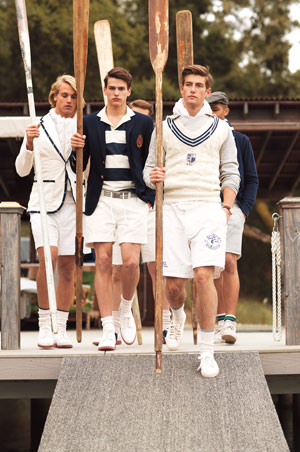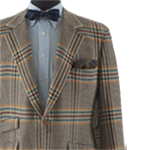

Lauren has been the late 20th century’s Ivy style crusader. In 1967, when Ivy style had lost popularity in the United States, Lauren began designing and selling ties. He soon created a full line of menswear and founded his eponymous company in 1968.
His appropriations of traditional Anglo-American tailoring led to the creation of his look, which combined the feel of British tailoring with an American sportswear sensibility. Lauren’s global lifestyle corporation was built by culling iconographic American imagery, perhaps the most important being the Ivy styles of the interwar years. Saturday Evening Post.
A key harbinger of the revival of Ivy style was the 1980 best-selling publication, The Preppy Handbook. And if that book was a catalyst for bringing Ivy back to life, then Ivy’s savior was Ralph Lauren.
Lauren is widely regarded as the single most important figure in the rejuvenation of the Ivy aesthetic. He has said that he "started with the origins of tradition but" he "was not bound by them."
A primary source of inspiration for Ralph Lauren is athletic clothing from the 1920s and 1930s, the heyday of menswear style. The cable knit tennis sweater has been especially important, as it evokes period images of such iconic figures as Douglas Fairbanks and the Duke of Windsor. "It was the age of the gentleman athlete—the tennis player, the polo player, the rowers and scullers," Lauren has observed.

